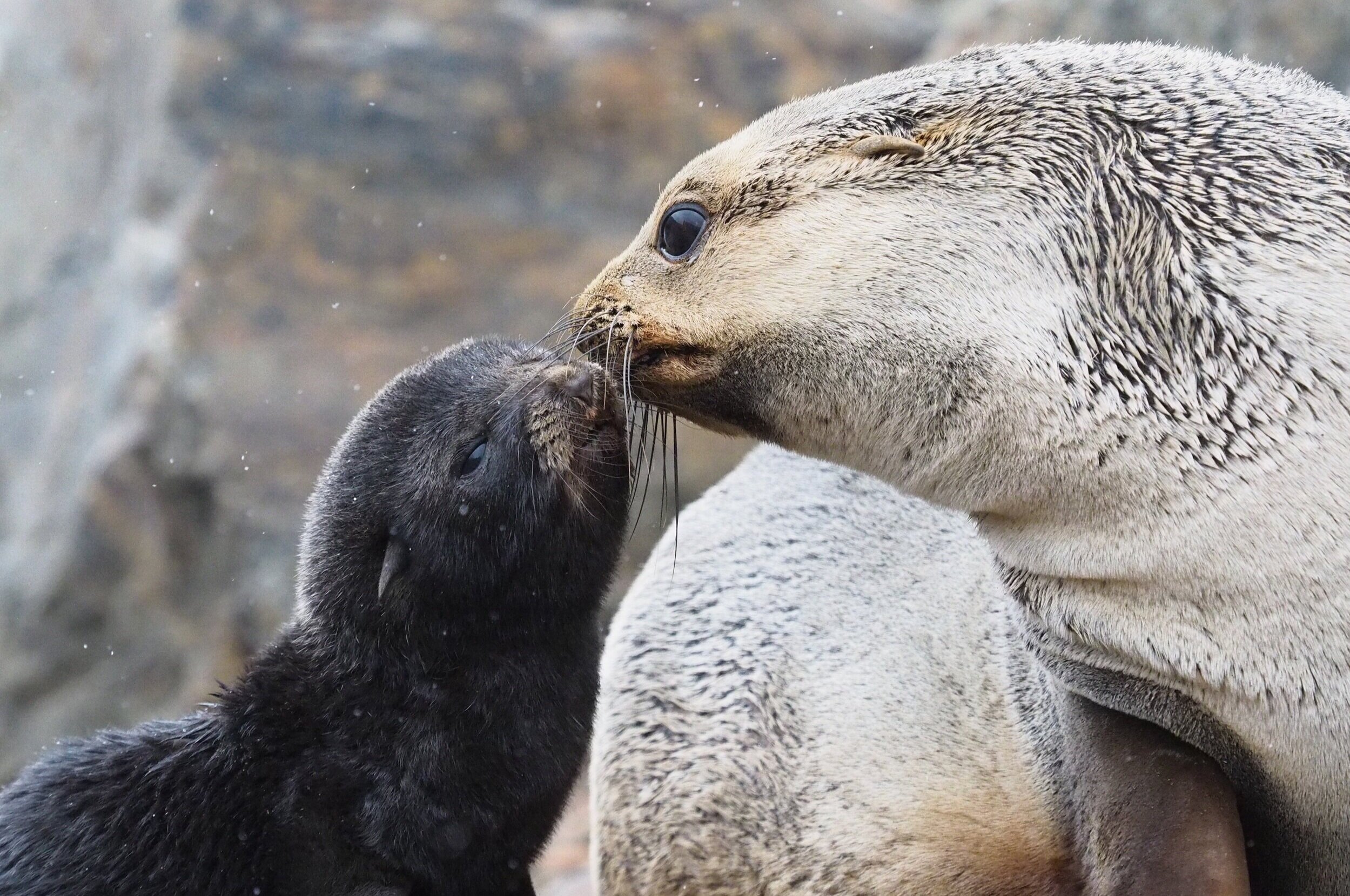
Between November and December in South Georgia, beaches teem with life as fur seals clamber up the beaches to birth and breed. Males brawl and battle for supremacy while females quietly give birth. Seeing them tenderly care for their pups while fighting off the unwanted advances of the swarthy males many times their size is truly impressive.
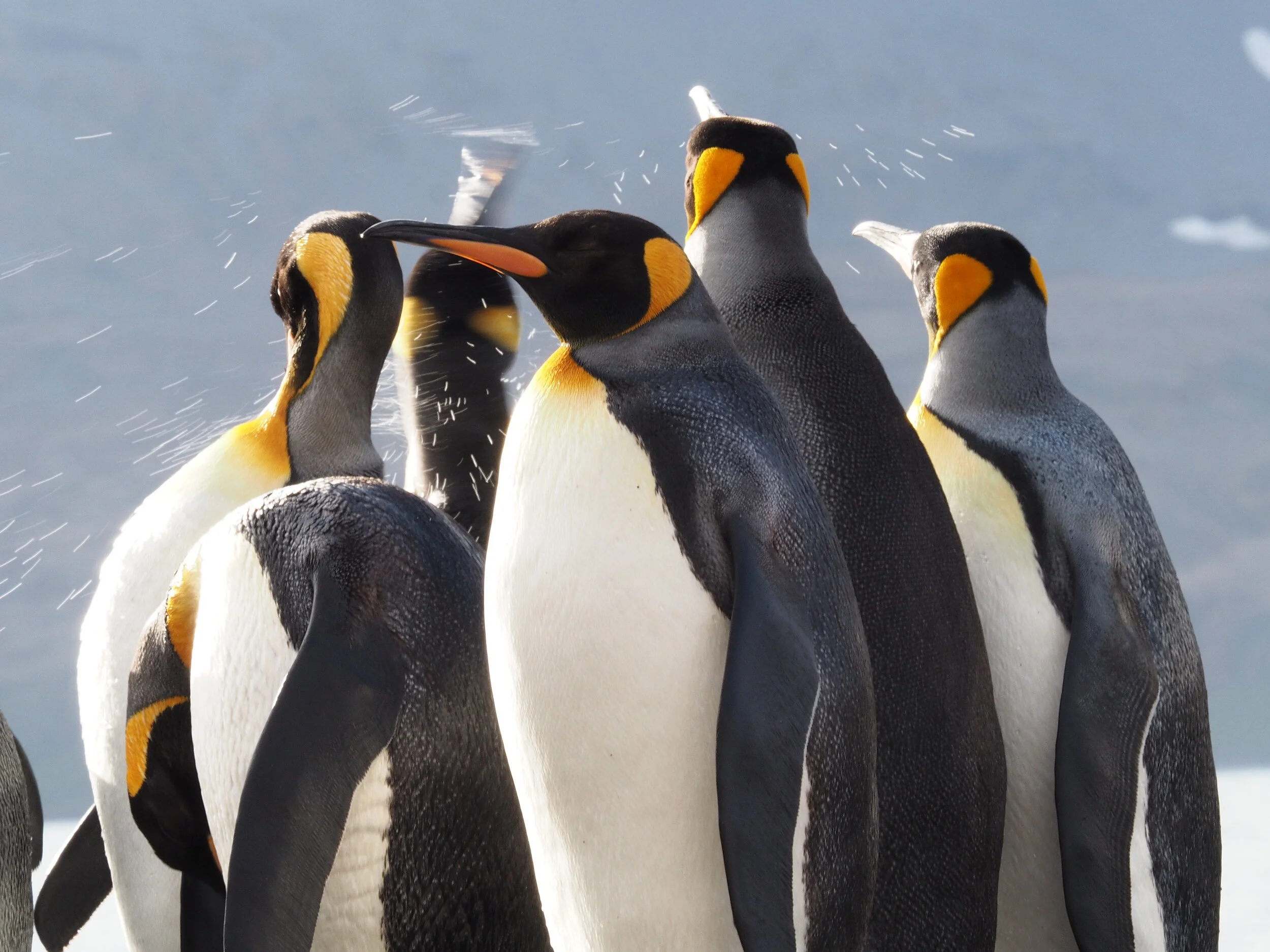
King penguins shaking it off in the morning light.

A Weddell seal takes a big yawn while resting on the ice.

Each October/November, gentoo penguins return to their colonies across the South Shetland Islands and the Antarctic Peninsula to breed and raise their chicks.
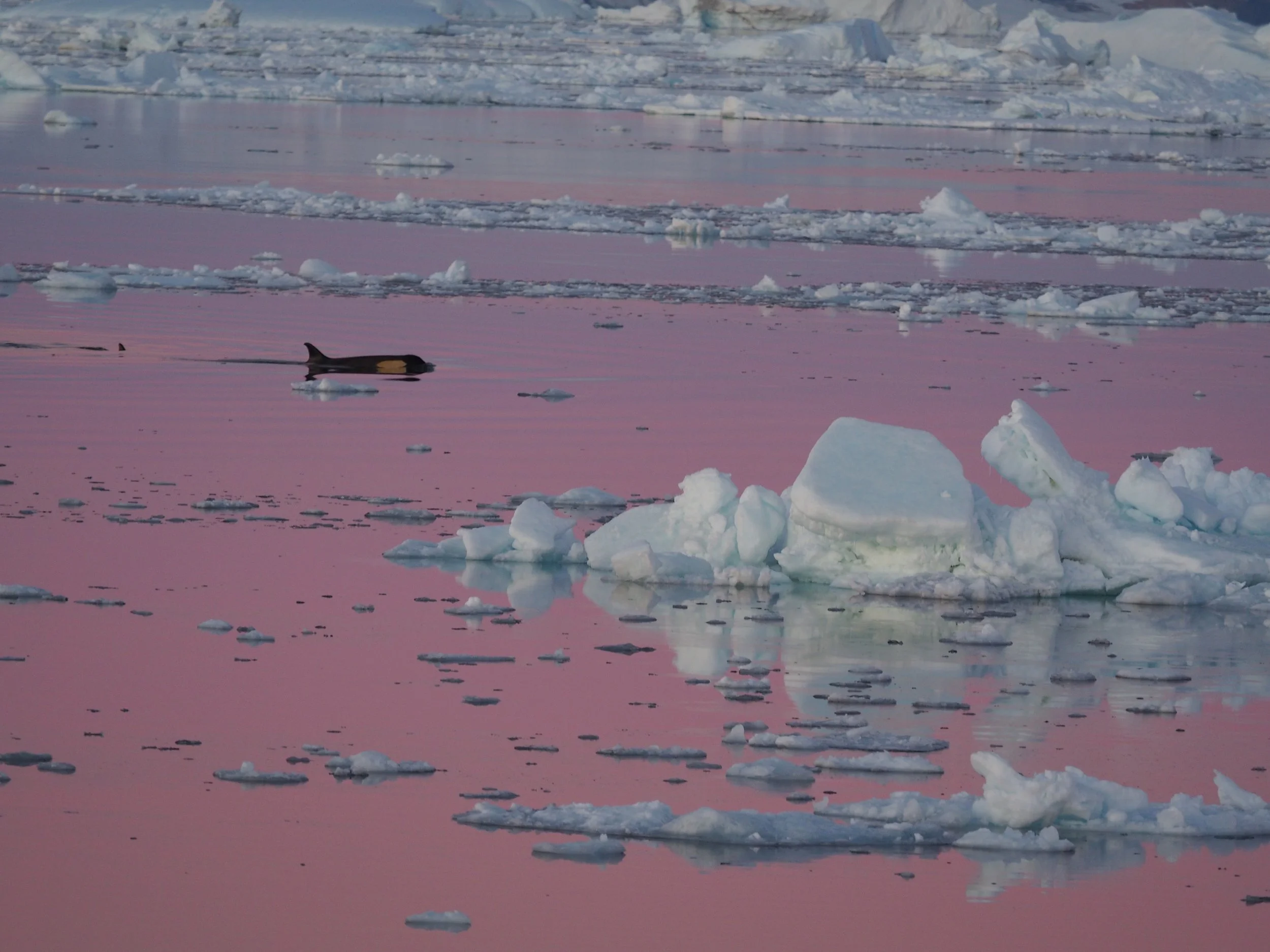
Killer whale cruising the immaculate waters of Antarctic Sound

Wilson's Storm Petrels feed on planktonic invertebrates like copepods. They often appear to dance on the surface of the water as they patter with their feet to pick up their food.
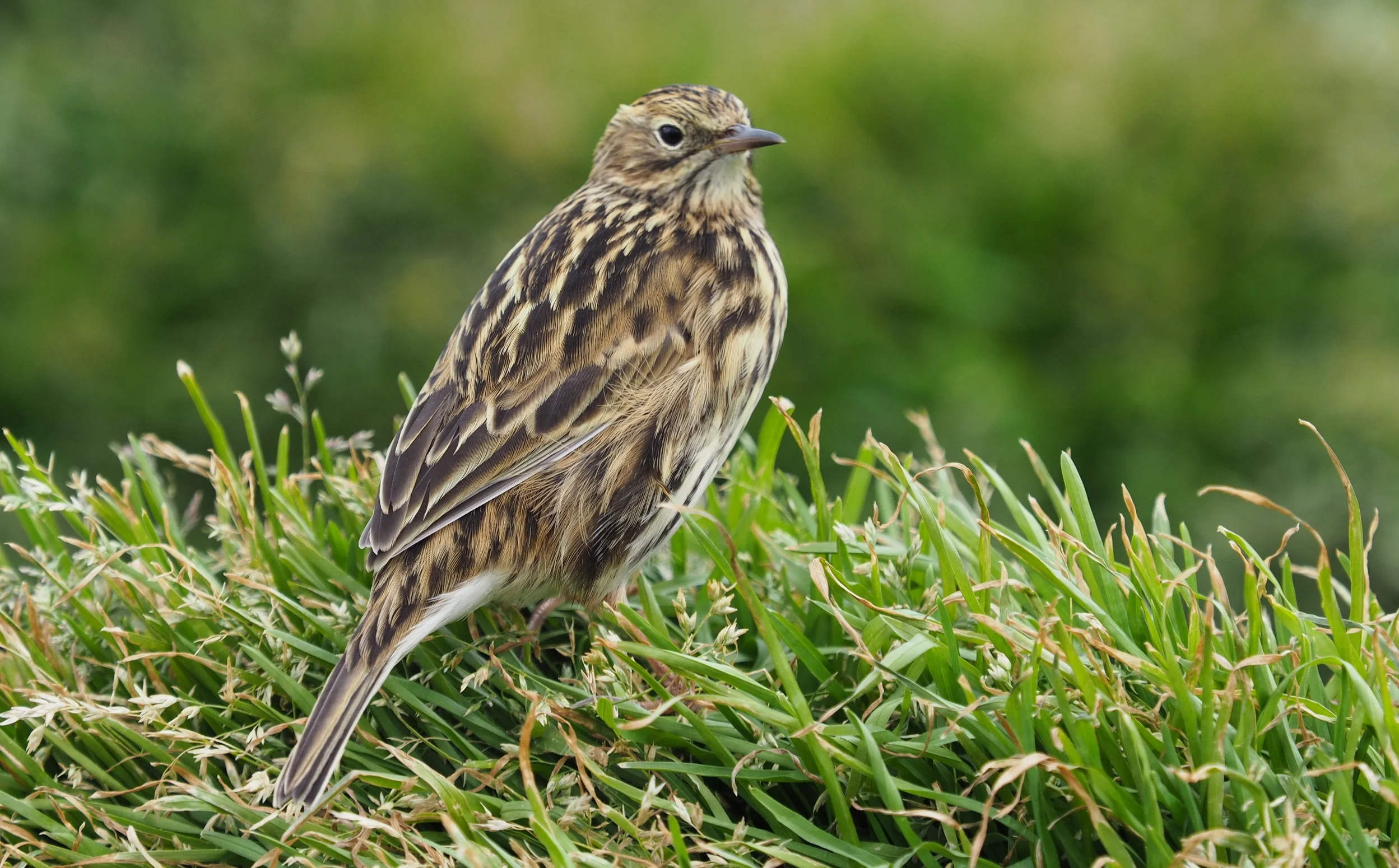
The southernmost songbirds on earth, South Georgia pipits are bouncing back from near extinction after a successful rat eradication program in South Georgia. Their resilience is an inspiring reminder of the positive impact of human intervention with species' in crisis.

Porpoising penguins, Cierva Cove
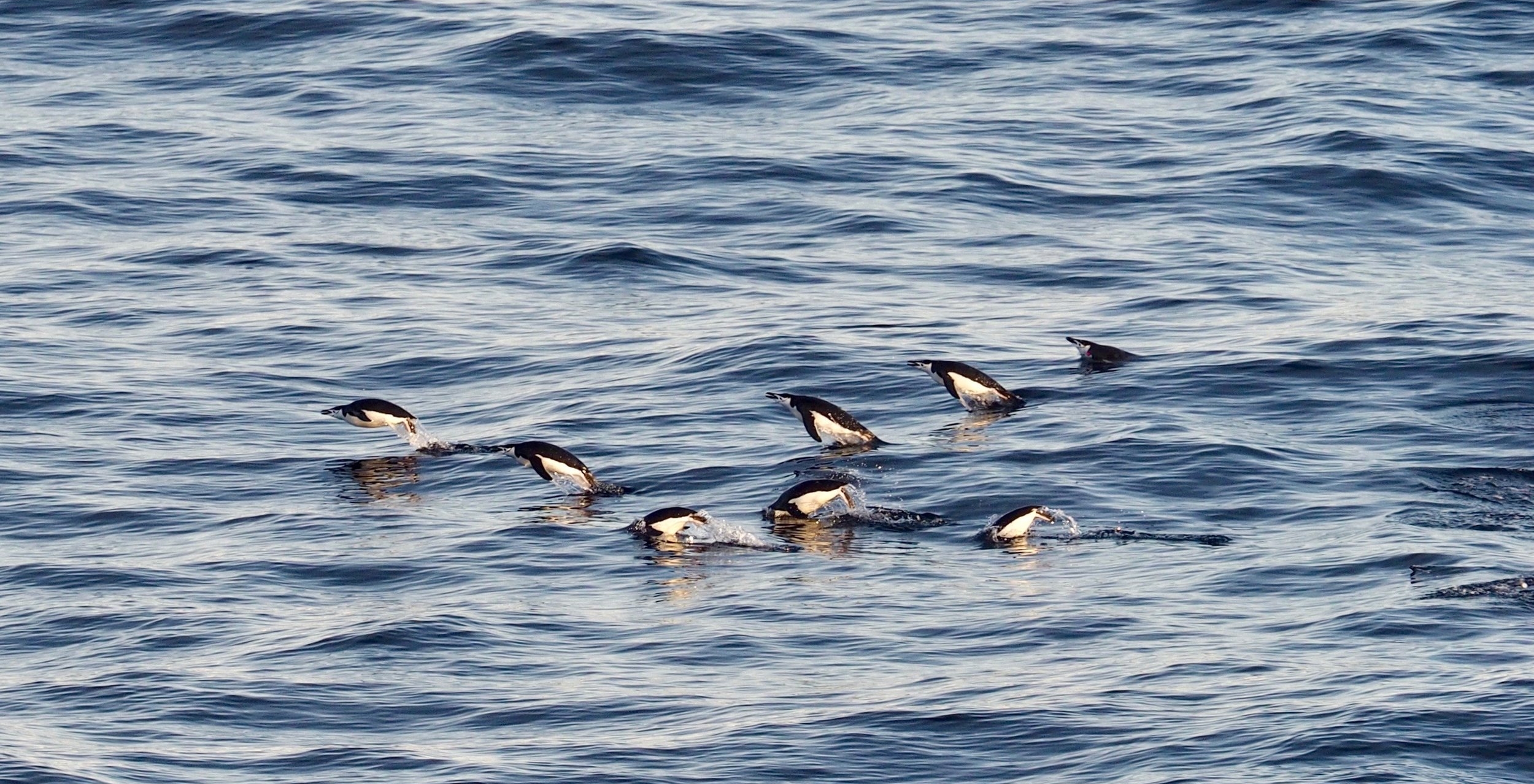
Leaping out of the water (porpoising) allows penguins to breathe more frequently, travel more efficiently and possibly evade or disorient predators. Sometimes considered ungainly on land, the penguin's mastery in the ocean is irrefutable and entrancing.
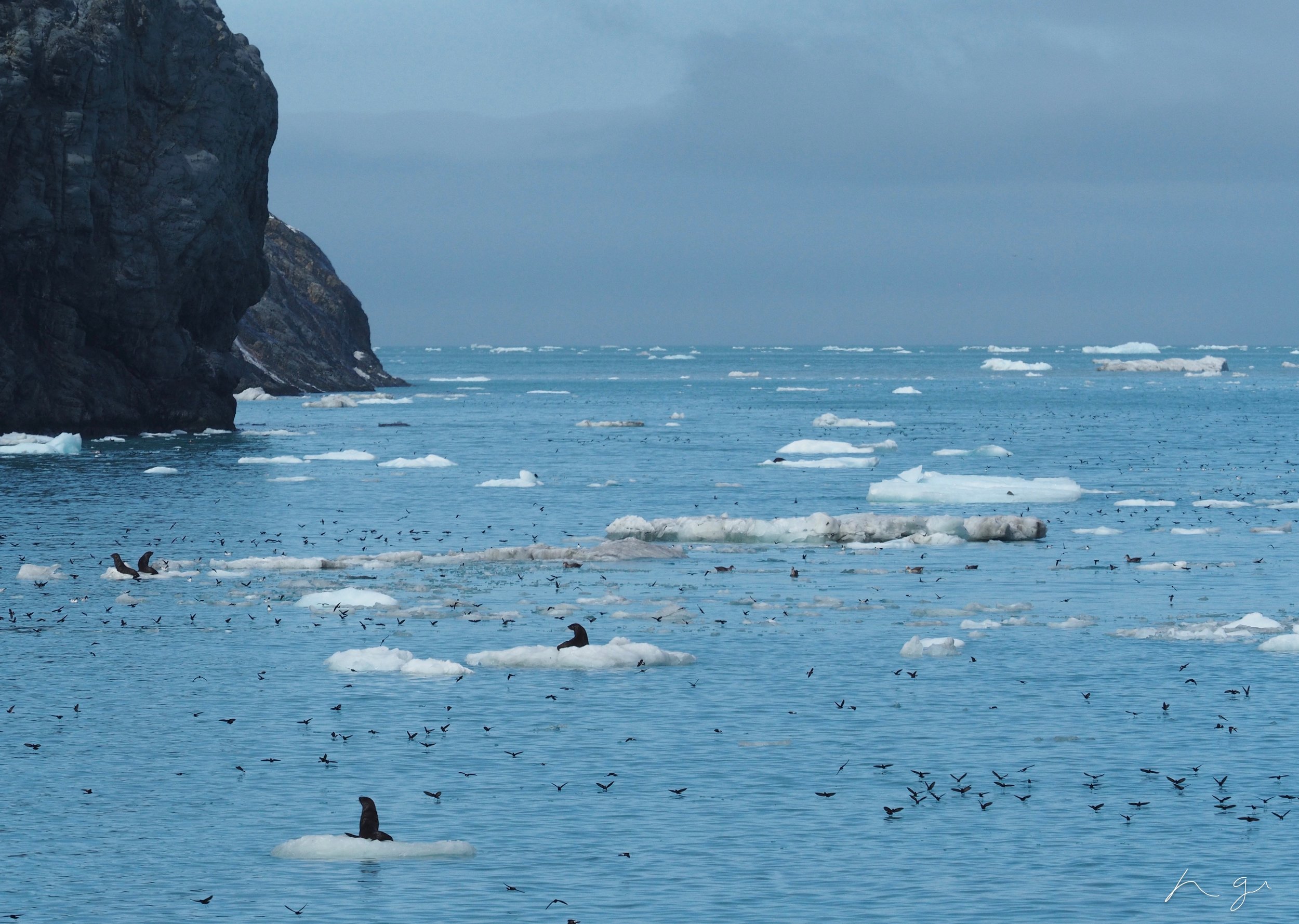
On a calm day the surreal, still blue waters of Drygalski Fjord play host to an overwhelming abundance of life. Fur seals, Wilson's Storm Petrels, Cape Petrels and Giant Petrels crowd these glacier fed waters, dwarfed by ancient mountains.
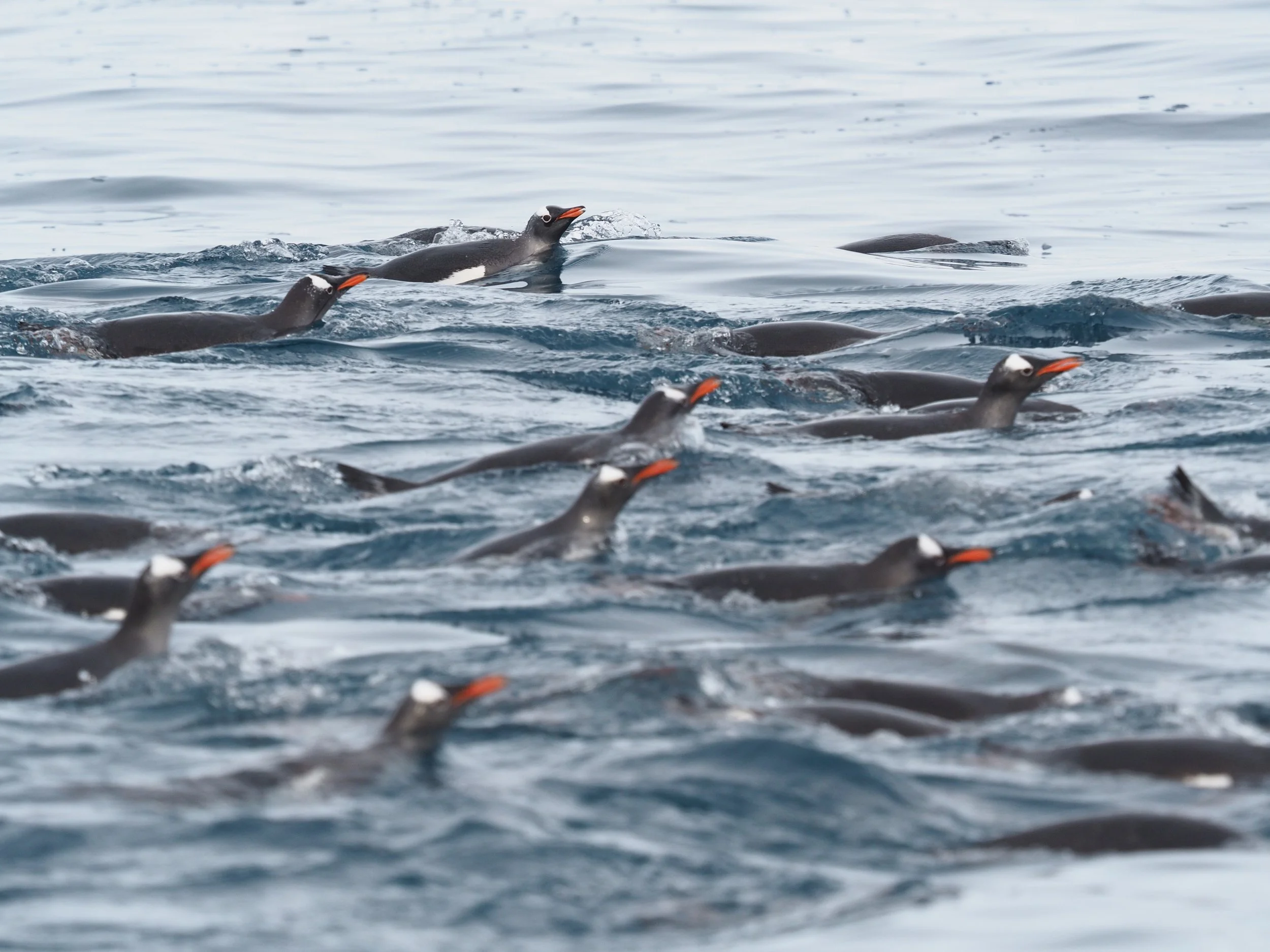
Penguins scoping the scene, Cierva Cove
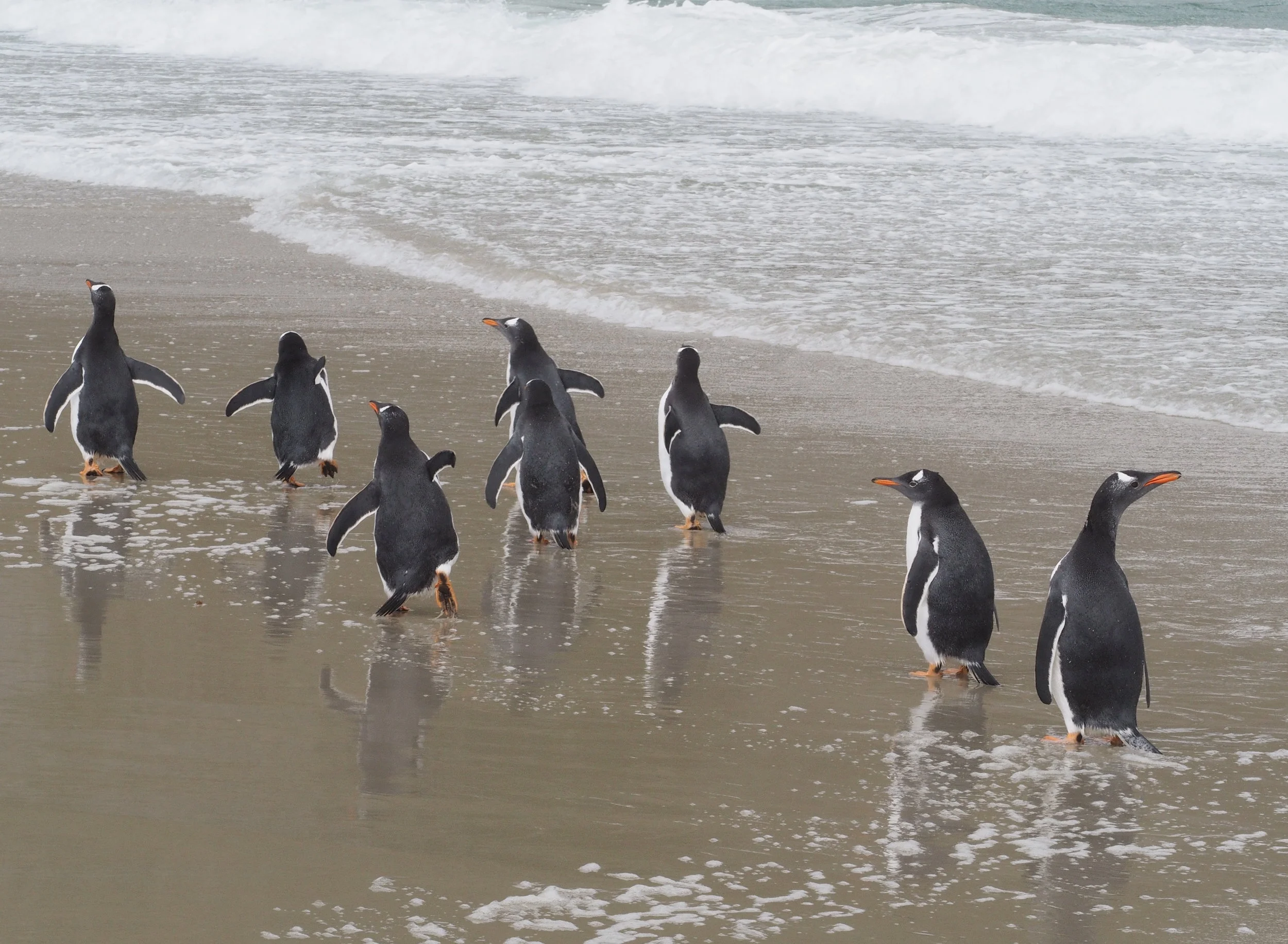
Gentoo penguins, at home on the beach at Grave Cove. Gentoo penguins are monogamous, and they show their love in small stones used to build their nests.
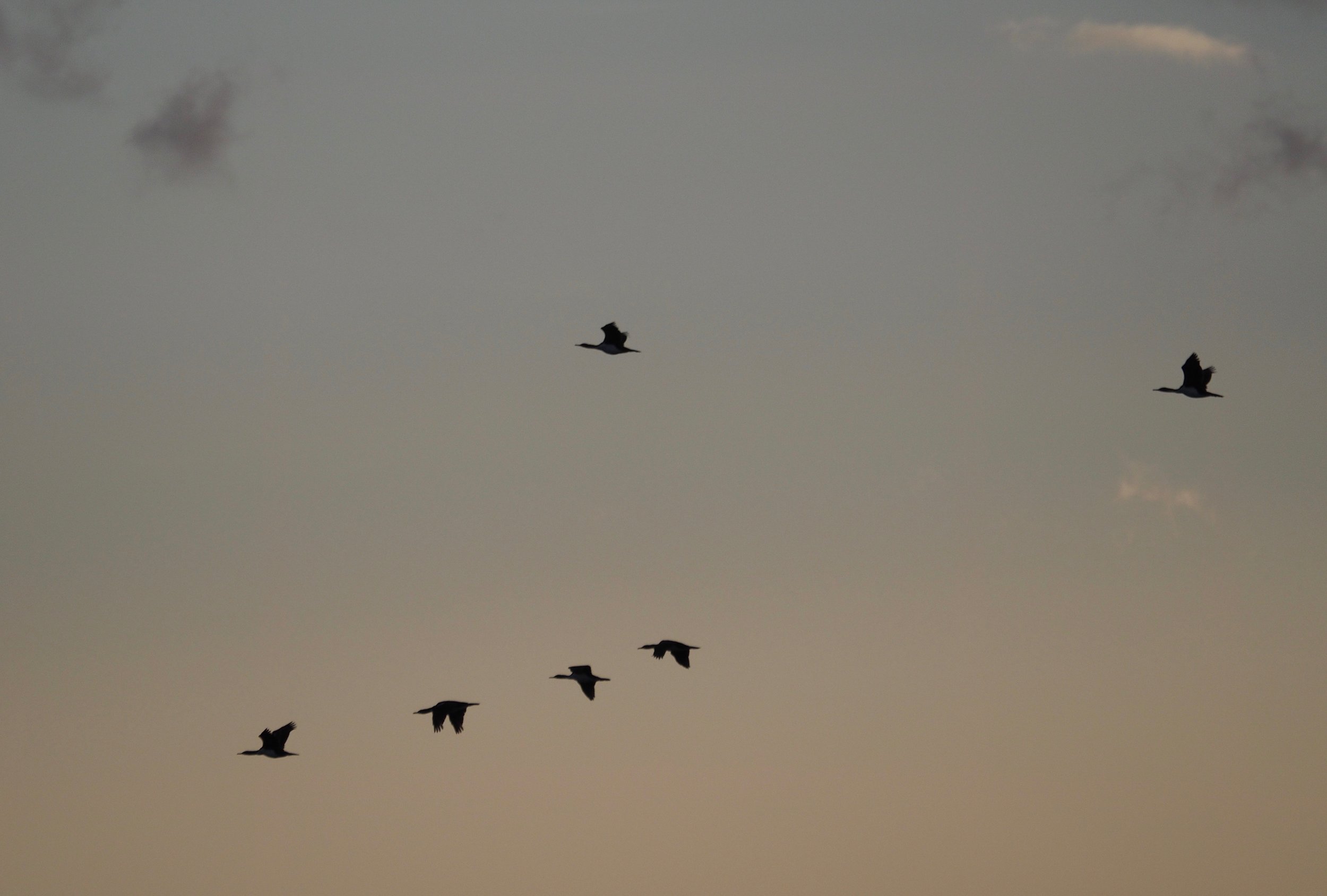
Flapping furiously in a stiff breeze as the sun rises softly over the Southern Ocean. Isla de Los Estados.
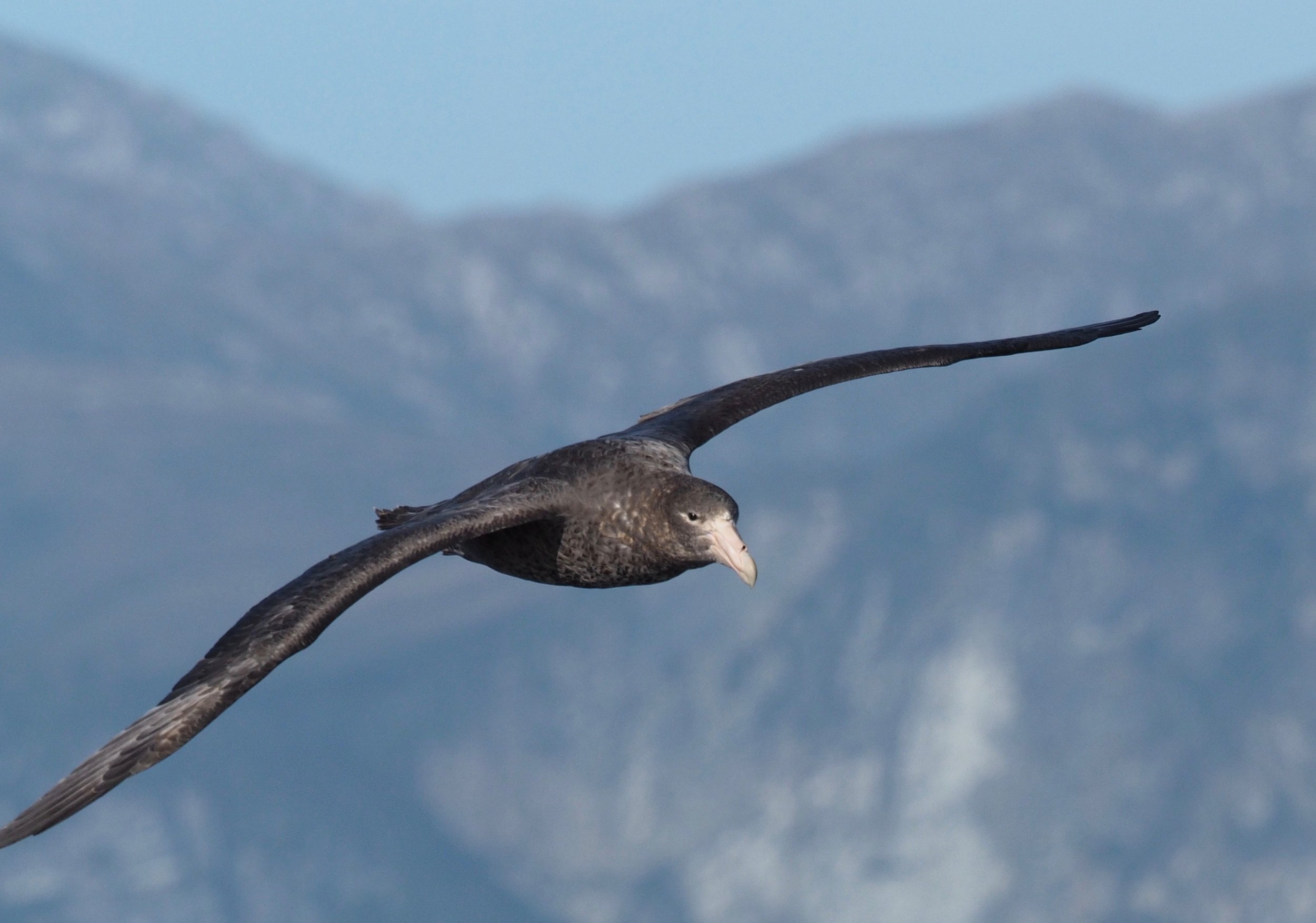
Southern Giant Petrels feed primarily on krill, squid and offal, however they have also been known to eat carrion and attack smaller seabirds. They were first described in 1789 by Johann Friedrich Gmelin based on a specimen from Isla de Los Estados.

Fortuna Bay, South Georgia

Skua and Wilson's storm petrel, among others, enjoy the gainful company of a killer whale in the Gerlache Strait, Antarctica.
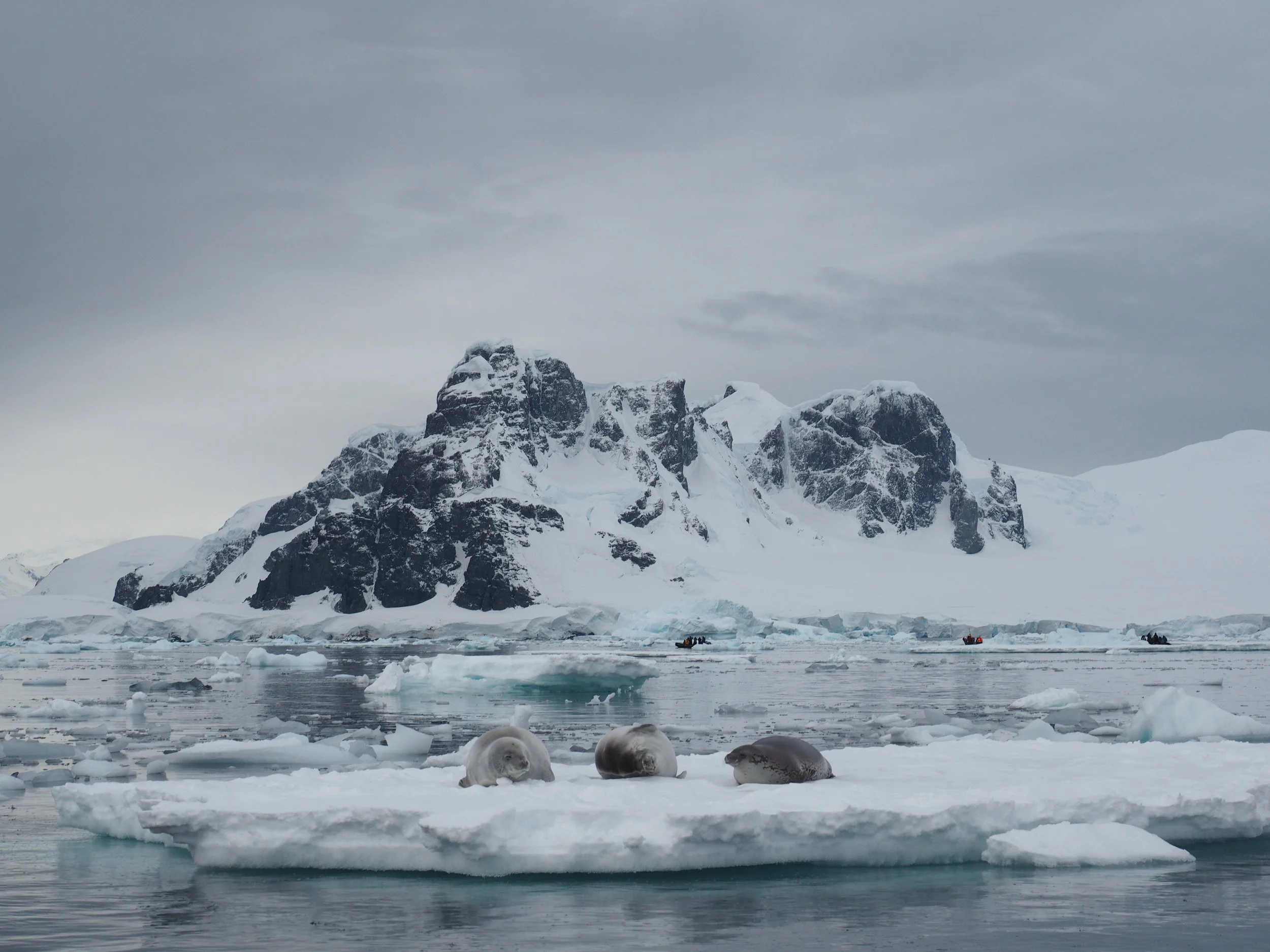
Crabeater seals on ice, Crystal Sound
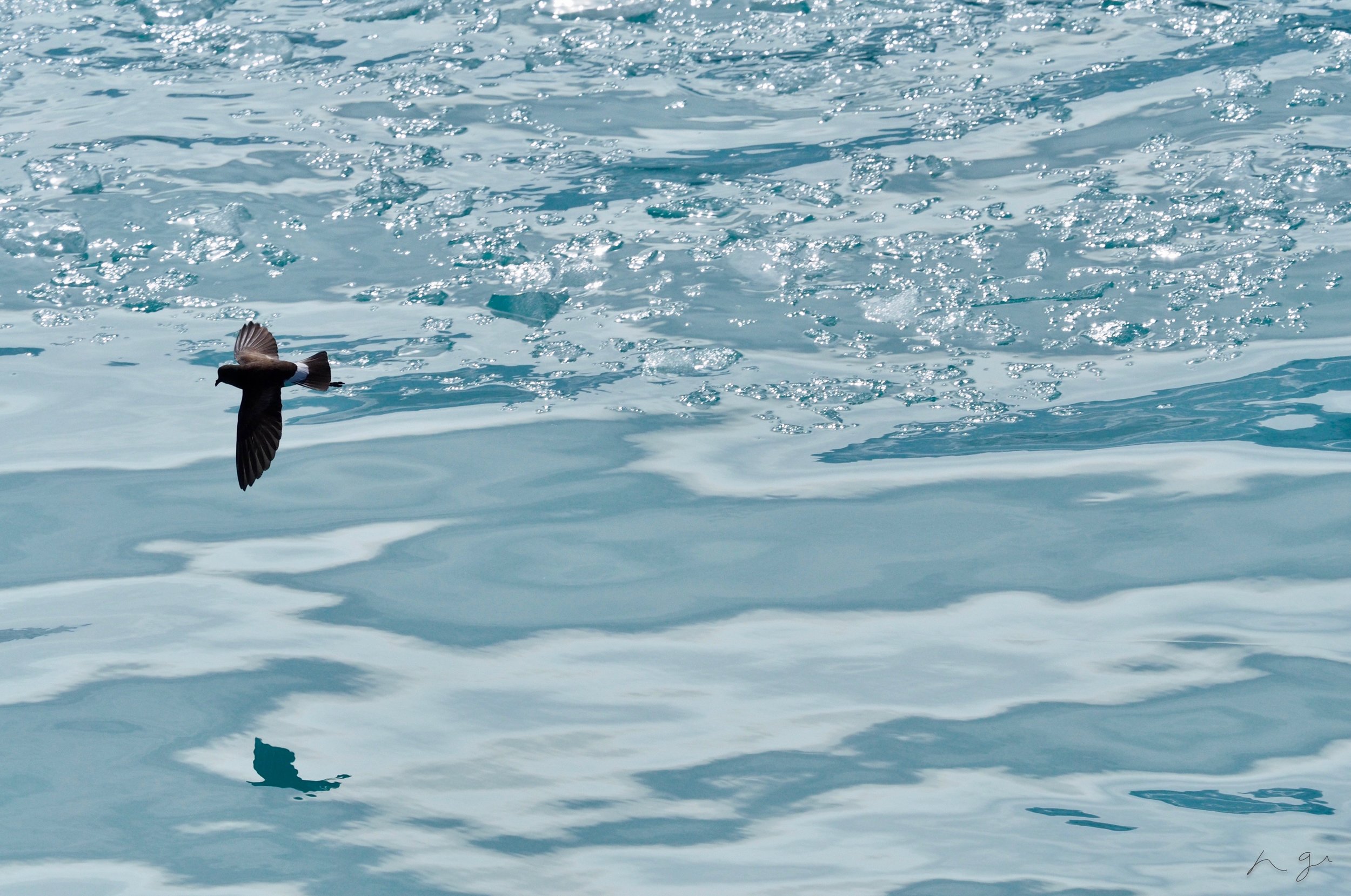
The smallest bird to breed on Antarctica, the Wilson's Storm Petrel is one of the most abundant bird species in the world. Despite this, it is quite difficult to view from land due to its remote breeding sites and pelagic life when not breeding.
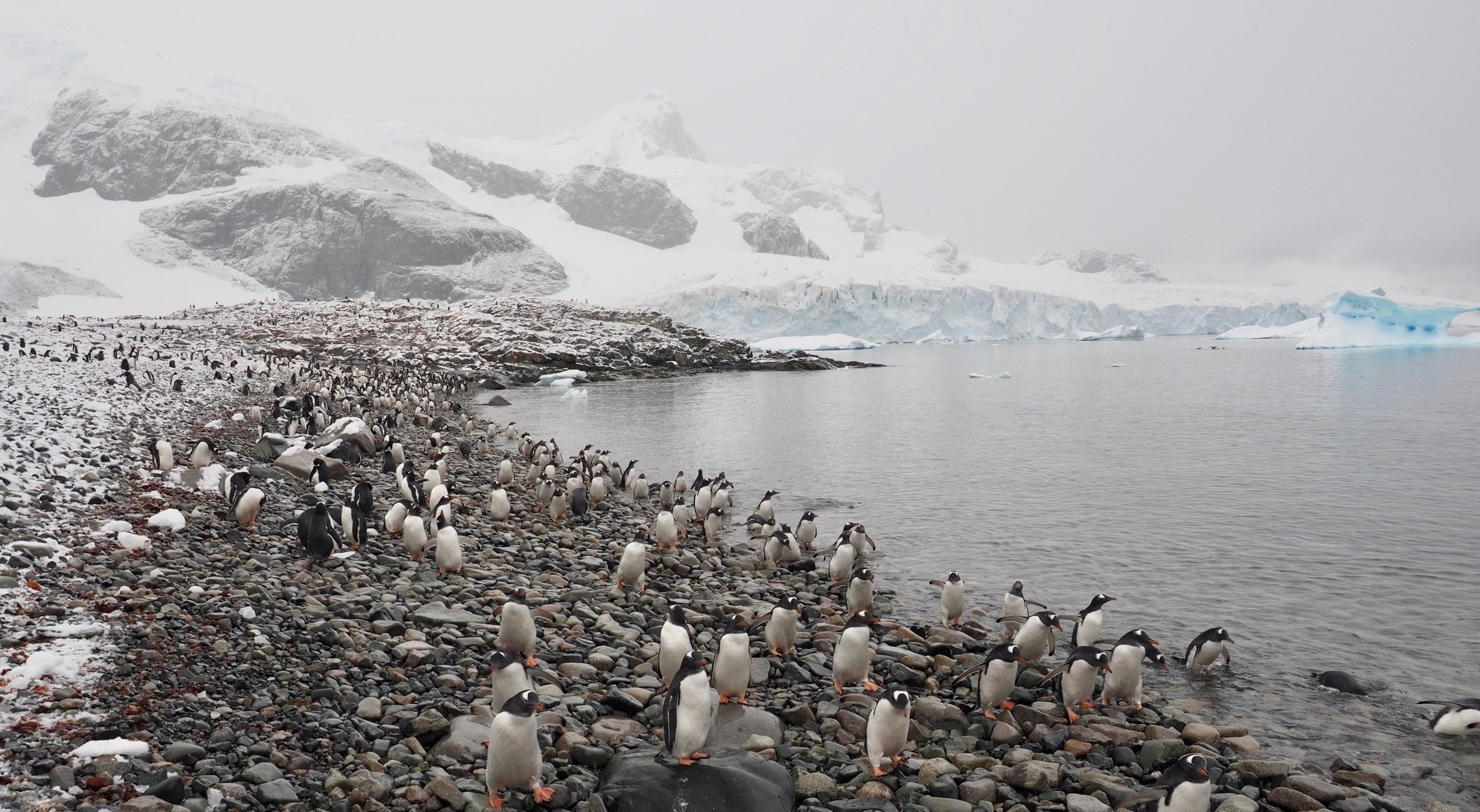
Gentoo chicks patrol the shore of Cuverville Island. Their downy juvenile plumage has moulted, soon they'll take to the sea for winter.
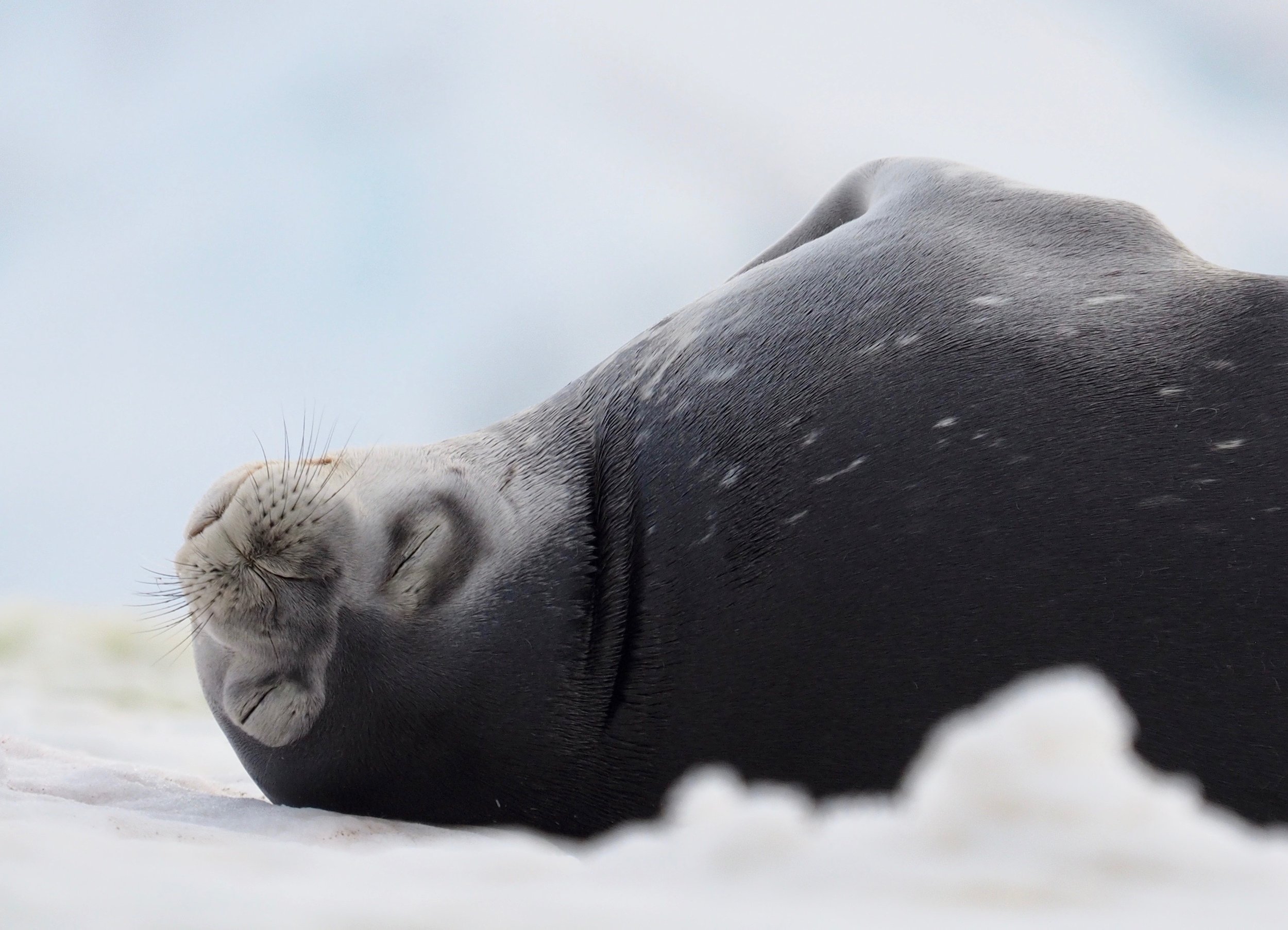
The Weddell seal is the most studied marine mammal in Antarctica due to its placid, calm nature and accessibility, as it breeds on fast ice rather than ice floes. This fine seal was photographed on Stoney Point in Paradise Harbour, Antarctica.
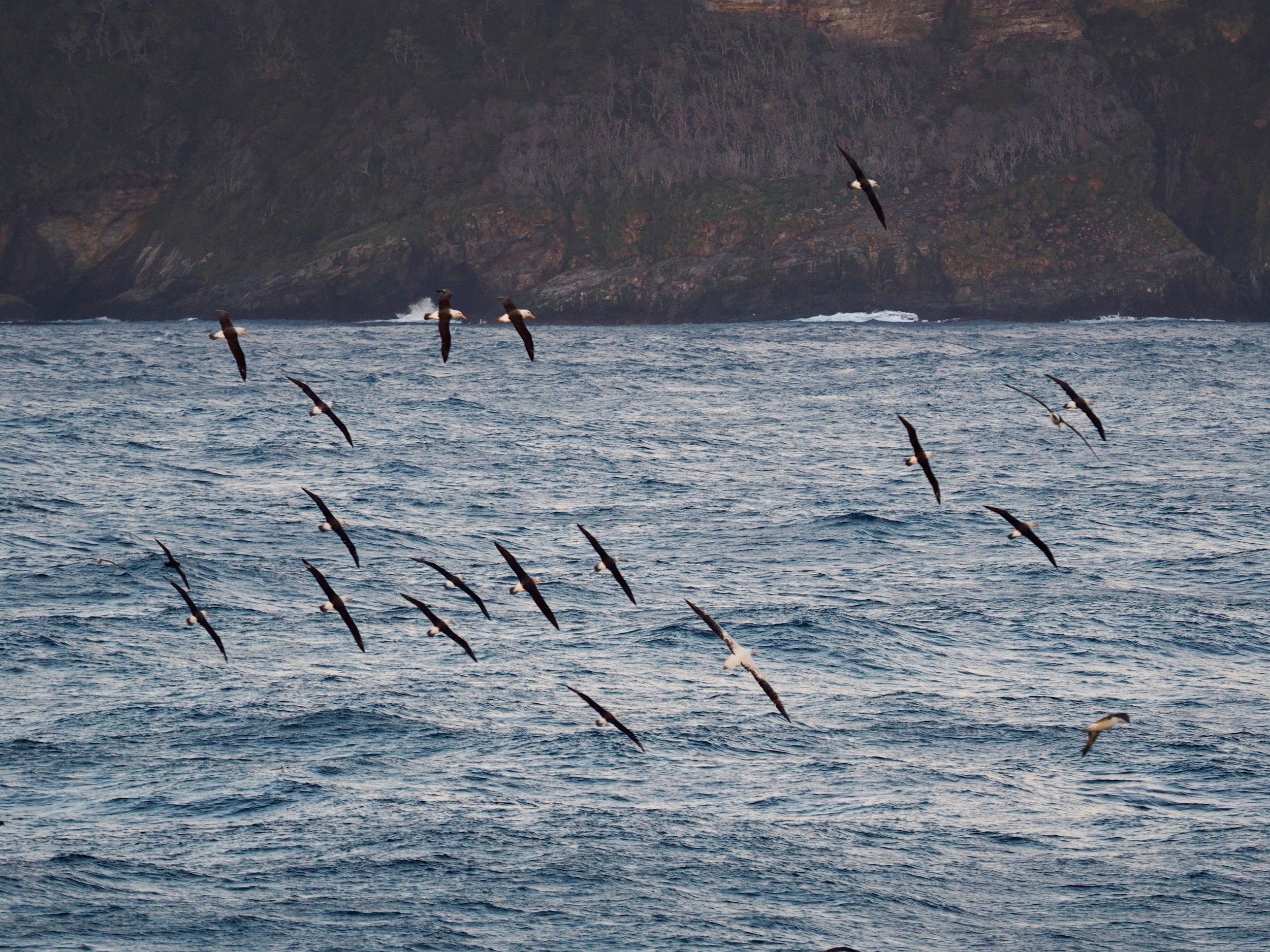
Black-browed albatross soar off the coast of Isla de Los Estados, south of Argentina, joined by a solitary Wandering albatross.


Shedding its downy juvenile coat for a waterproof adult one, an ‘Oakum boy’ approaches adulthood.
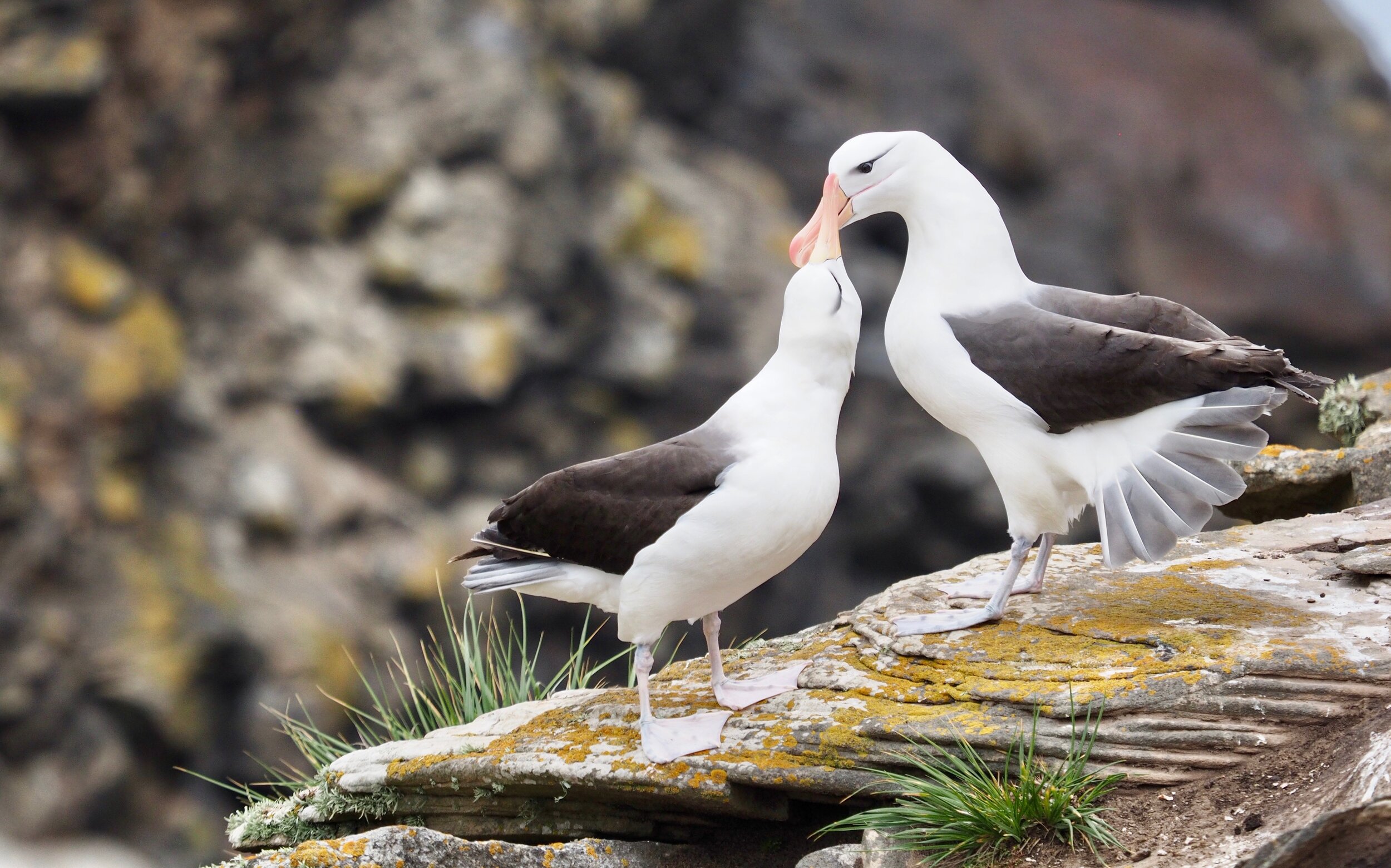
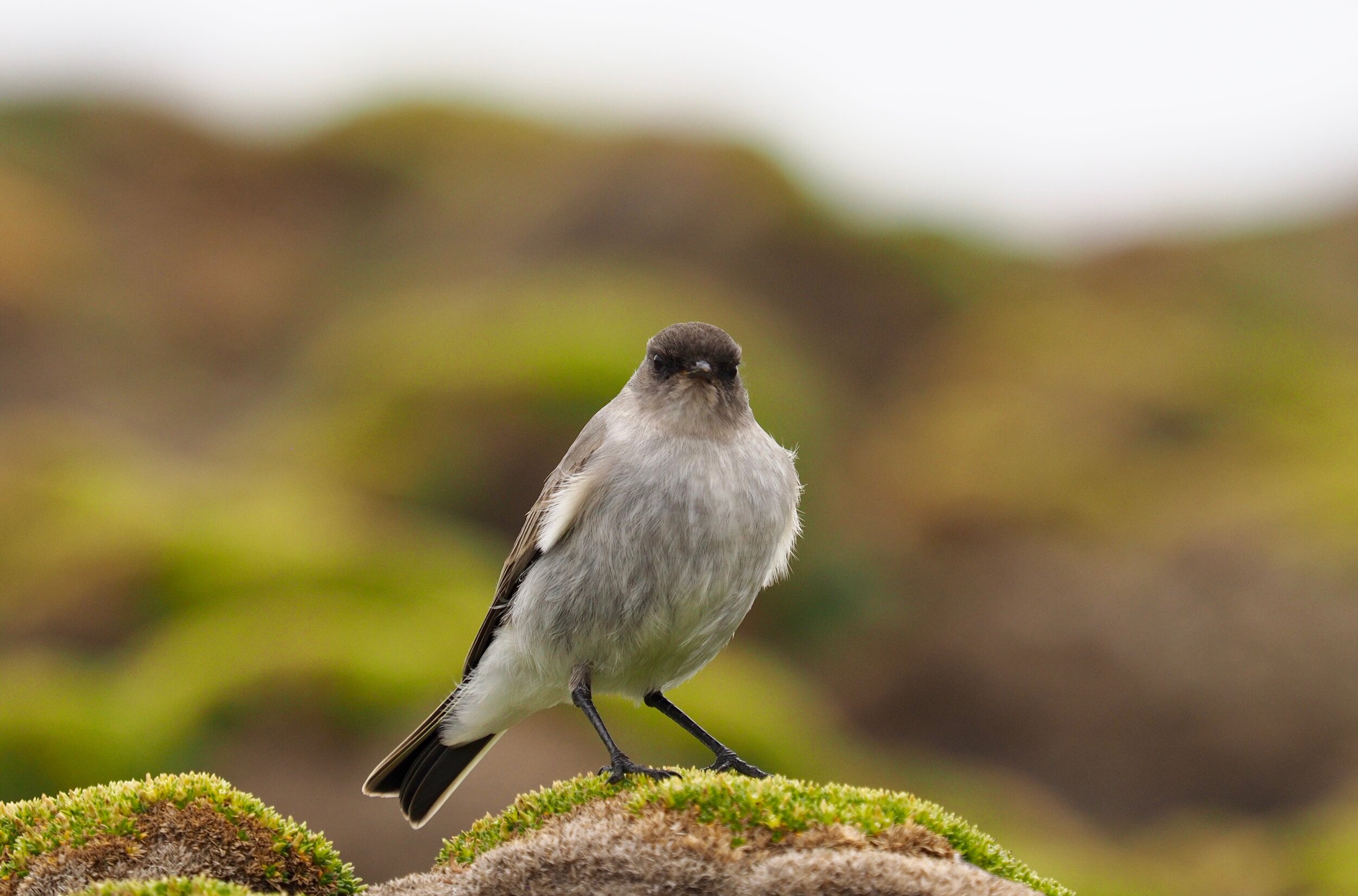
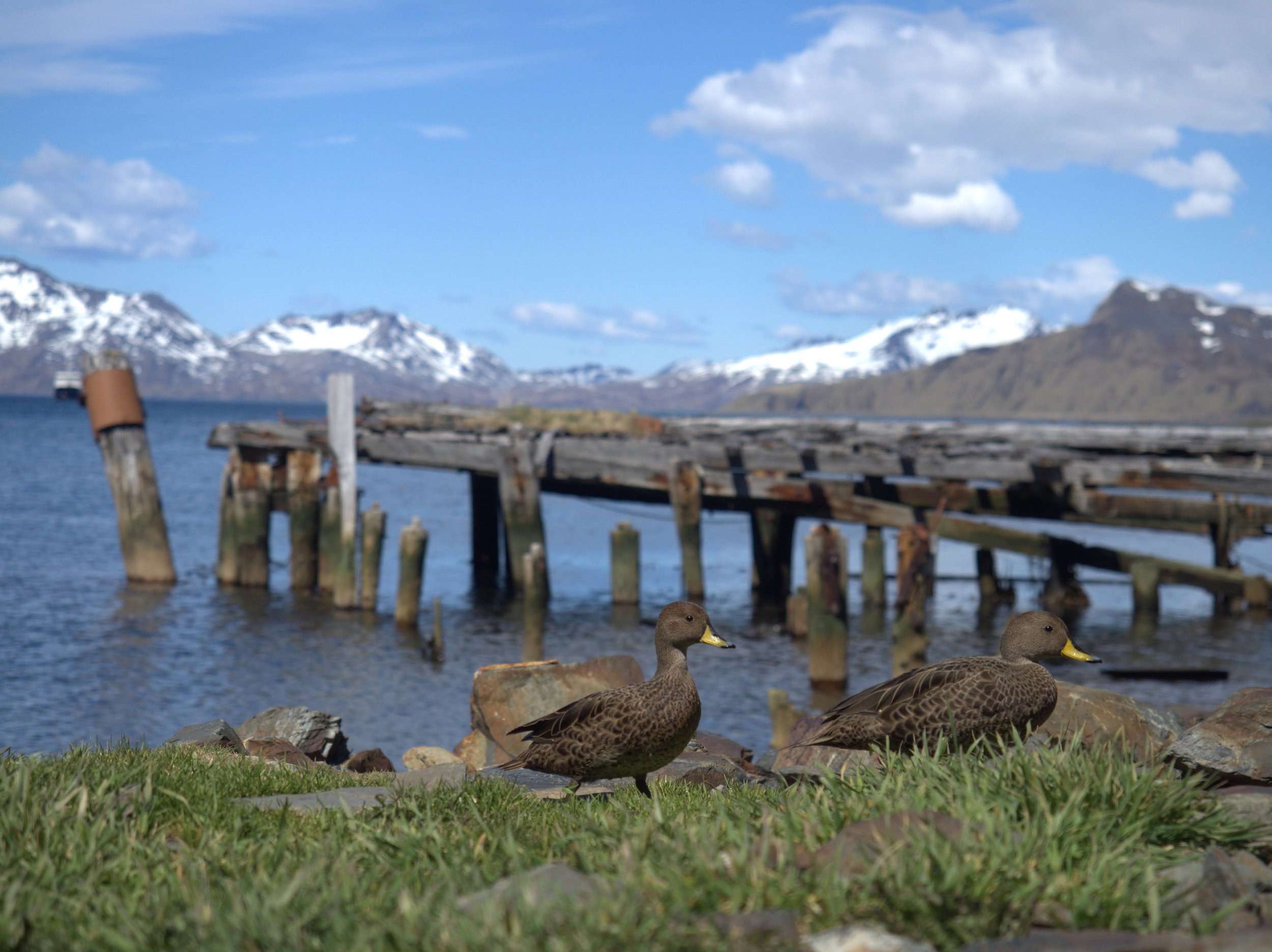
South Georgia pintail numbers have recovered after a successful rat eradication project. Grytviken, South Georgia
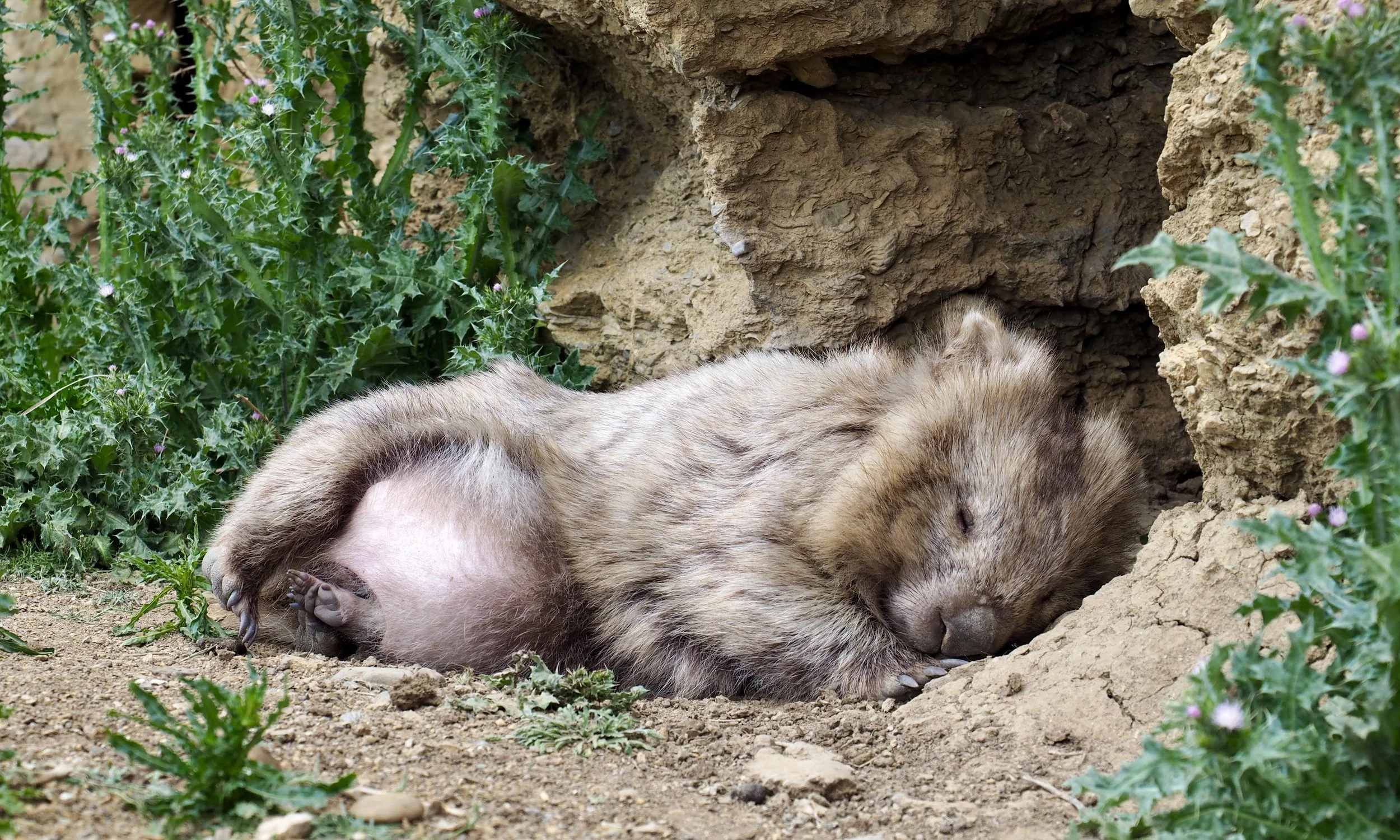
Mama wombat, Maria Island, Tasmania (Australia).
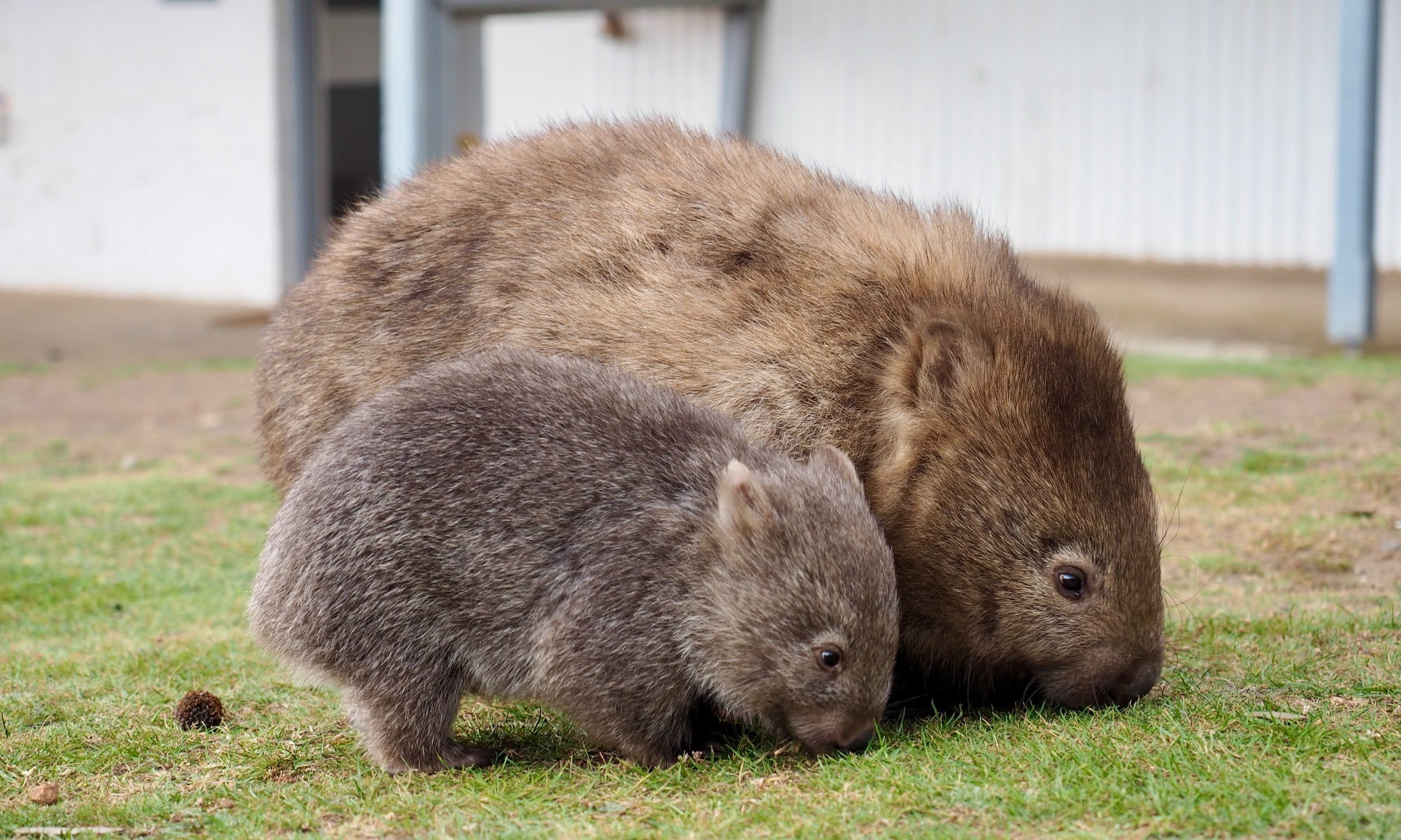
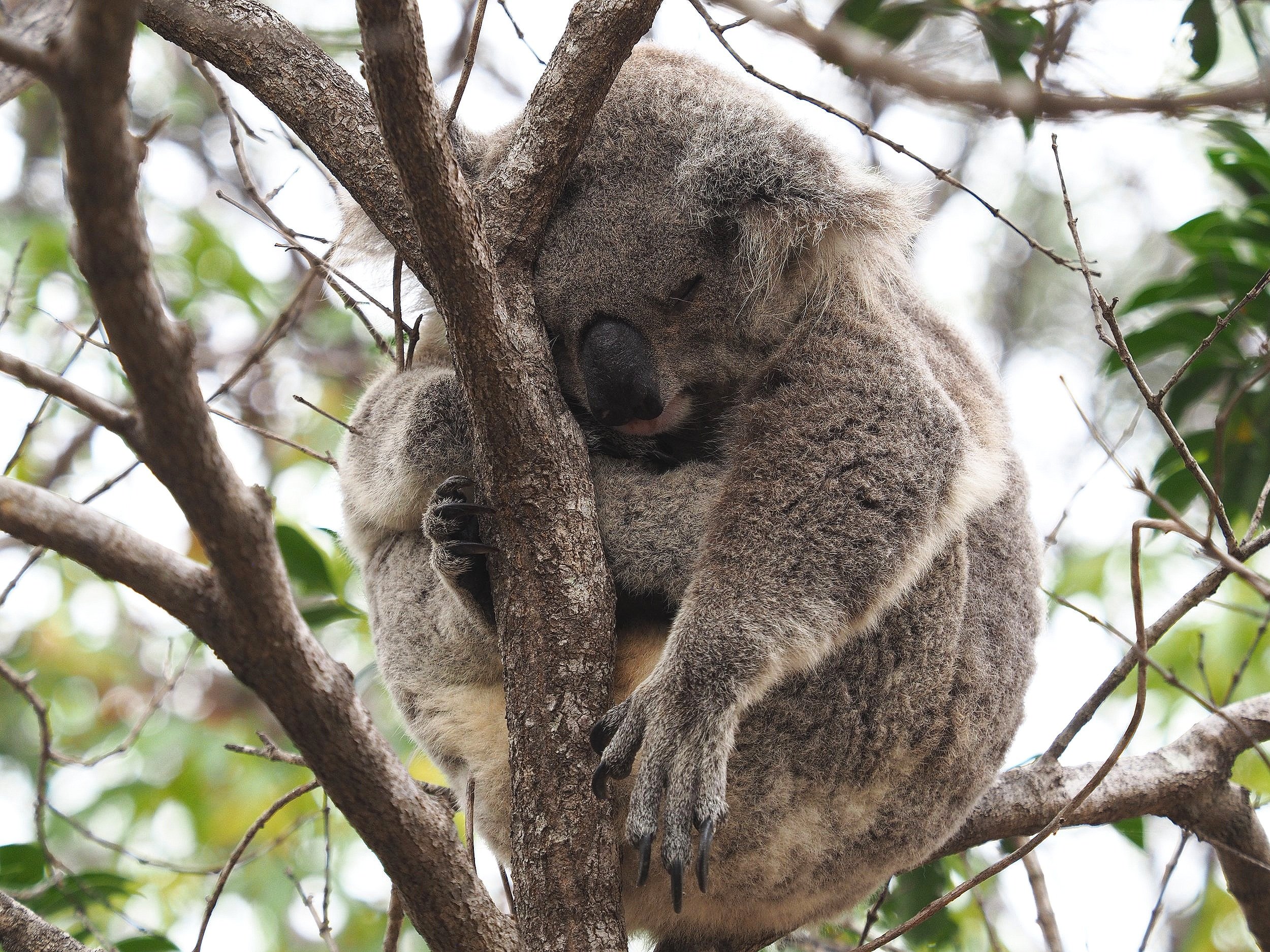
Koalas are marsupials native to Australia. Spotted snoozing on Magnetic Island, Australia.
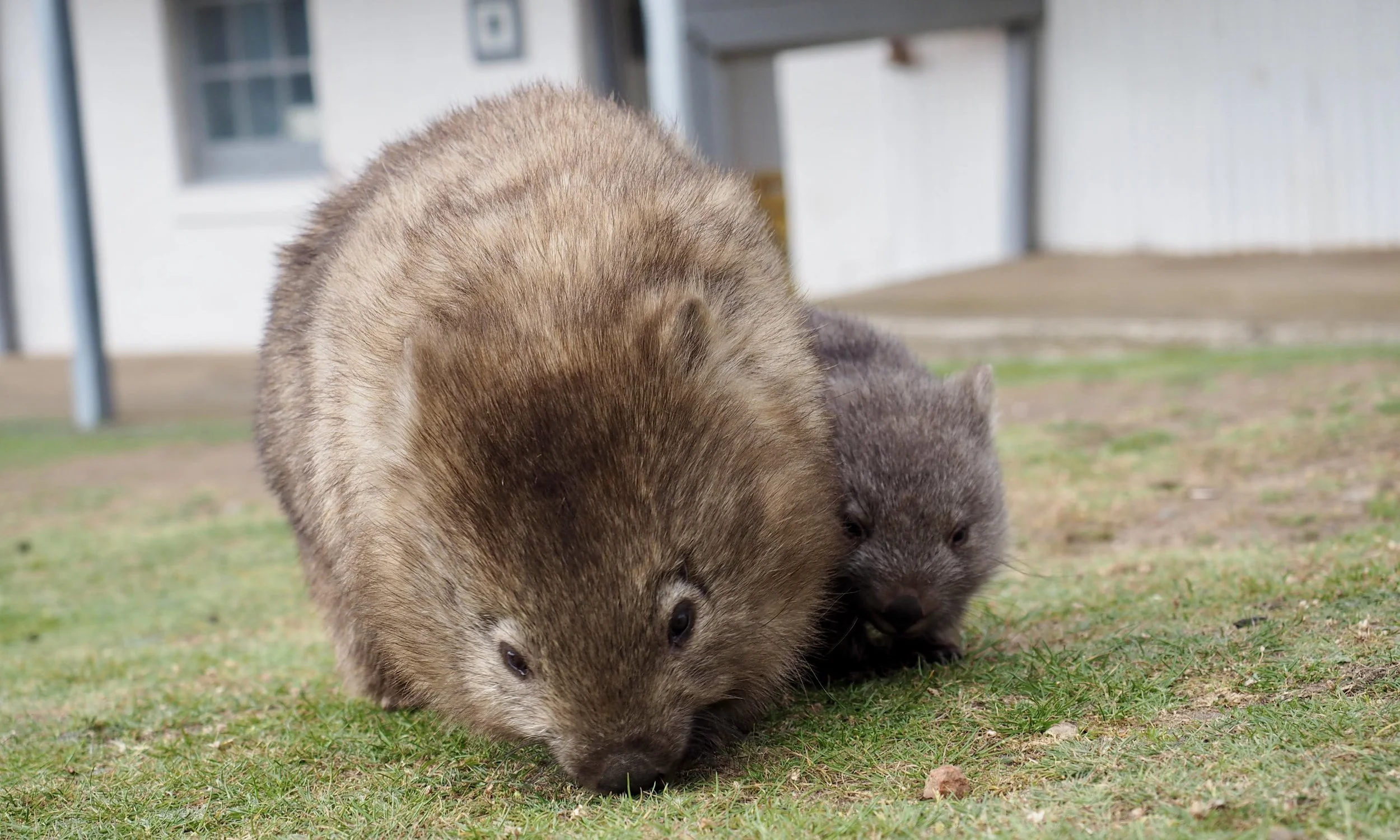
Wombats are marsupials, endemic to Australia. Maria Island, Tasmania.

Wilson’s storm petrels feed at the surface, and fur seals rest on the ice.